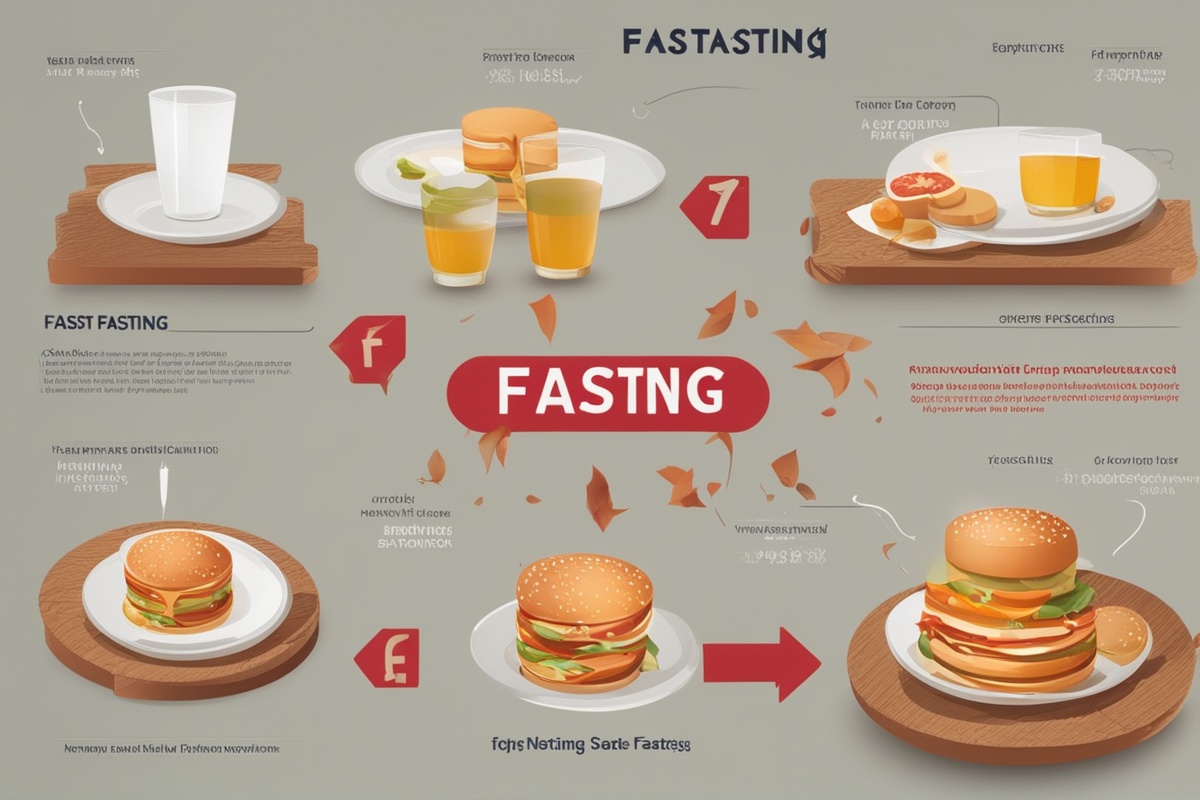Fasting, whether for religious, health, or personal reasons, has become a widely practiced tradition across the globe. While it can offer numerous benefits, such as improved mental clarity, weight management, and spiritual fulfillment, it’s critical to prioritize safety during the process. Understanding and implementing safe practices during fasting can help prevent potential health risks and ensure a positive experience. This guide will explore essential tips and strategies to fast safely, protecting your well-being every step of the way.
Why Safe Practices During Fasting Matter
Fasting involves abstaining from food, drink, or both for a specific period, which can place significant stress on the body if not approached carefully. Without proper preparation and precautions, fasting can lead to dehydration, fatigue, nutrient deficiencies, or even more severe health complications. By adopting safe practices during fasting, you can minimize these risks and maximize the benefits. Safety is especially crucial for individuals with pre-existing medical conditions, pregnant women, or those new to fasting.
Preparing Your Body for a Safe Fast
Preparation is a cornerstone of safe fasting. Before beginning, it’s essential to consult with a healthcare provider, particularly if you have chronic illnesses like diabetes or heart disease. Start by gradually reducing your food intake a few days before the fast to ease your body into the transition. Focus on nutrient-dense meals that include complex carbohydrates, healthy fats, and proteins to sustain energy levels. Additionally, ensure you are well-hydrated in the days leading up to the fast, as dehydration is a common risk. For more insights on preparing your body, check out our detailed guide on fasting preparation tips.
Hydration: A Key Element of Safe Fasting
Staying hydrated is one of the most critical safe practices during fasting, especially during water-inclusive fasts or non-fasting hours in intermittent fasting. Dehydration can lead to headaches, dizziness, and fatigue, undermining the purpose of your fast. If your fasting method allows water intake, sip small amounts throughout the day to maintain fluid balance. For religious fasts like Ramadan, where water is prohibited during daylight hours, prioritize hydration during non-fasting times by drinking water-rich foods like fruits and vegetables alongside plain water. Learn more about maintaining hydration with our post on hydration strategies during fasting.
Listening to Your Body’s Signals
One of the most important aspects of safe fasting is tuning into your body’s signals. Feelings of extreme hunger, dizziness, nausea, or weakness are warning signs that should not be ignored. Pushing through discomfort can lead to serious health issues, so it’s vital to break your fast if you feel unwell. Rest when needed, and avoid strenuous physical activity during fasting periods to conserve energy. If you’re unsure how to interpret your body’s responses, our article on understanding body signals during fasting offers valuable advice.
Breaking the Fast Safely
Ending a fast is just as important as starting one. Breaking your fast with heavy, rich foods can shock your digestive system, leading to discomfort or illness. Instead, opt for light, easily digestible foods like soups, fruits, or small portions of grains. Reintroduce solid foods gradually over a few hours or meals, depending on the length of your fast. Hydration should also be prioritized when breaking a fast—start with water or electrolyte-rich drinks to replenish lost fluids. For specific meal ideas, explore our resource on healthy meals for breaking a fast.
Special Considerations for Safe Fasting
Not everyone can fast safely, and certain groups need to take extra precautions or avoid fasting altogether. Pregnant or breastfeeding women, children, the elderly, and individuals with medical conditions like diabetes or eating disorders should consult a doctor before fasting. Even healthy individuals should be mindful of their limits and avoid extreme fasting methods without professional guidance. If you’re in a high-risk group, consider alternative practices like modified fasting or partial fasting, which can still offer benefits without compromising safety. For tailored advice, read our guide on fasting for special populations.
Disclaimer: The information provided in this article is for general informational purposes only and should not be considered medical advice. Fasting can pose health risks, especially for individuals with underlying conditions or specific dietary needs. Always consult with a healthcare professional or dietitian before starting any fasting regimen to ensure it is safe for your individual circumstances. The authors and publishers of this content are not responsible for any adverse effects resulting from the application of the information provided.
References
- Mayo Clinic: Fasting – What You Need to Know
- Harvard Health: Intermittent Fasting – Surprising Update
- CDC: Plain Water, the Healthier Choice
- WHO: Healthy Diet Fact Sheet
- NIDDK: Intermittent Fasting
This content is for informational purposes only and not a substitute for professional advice.






